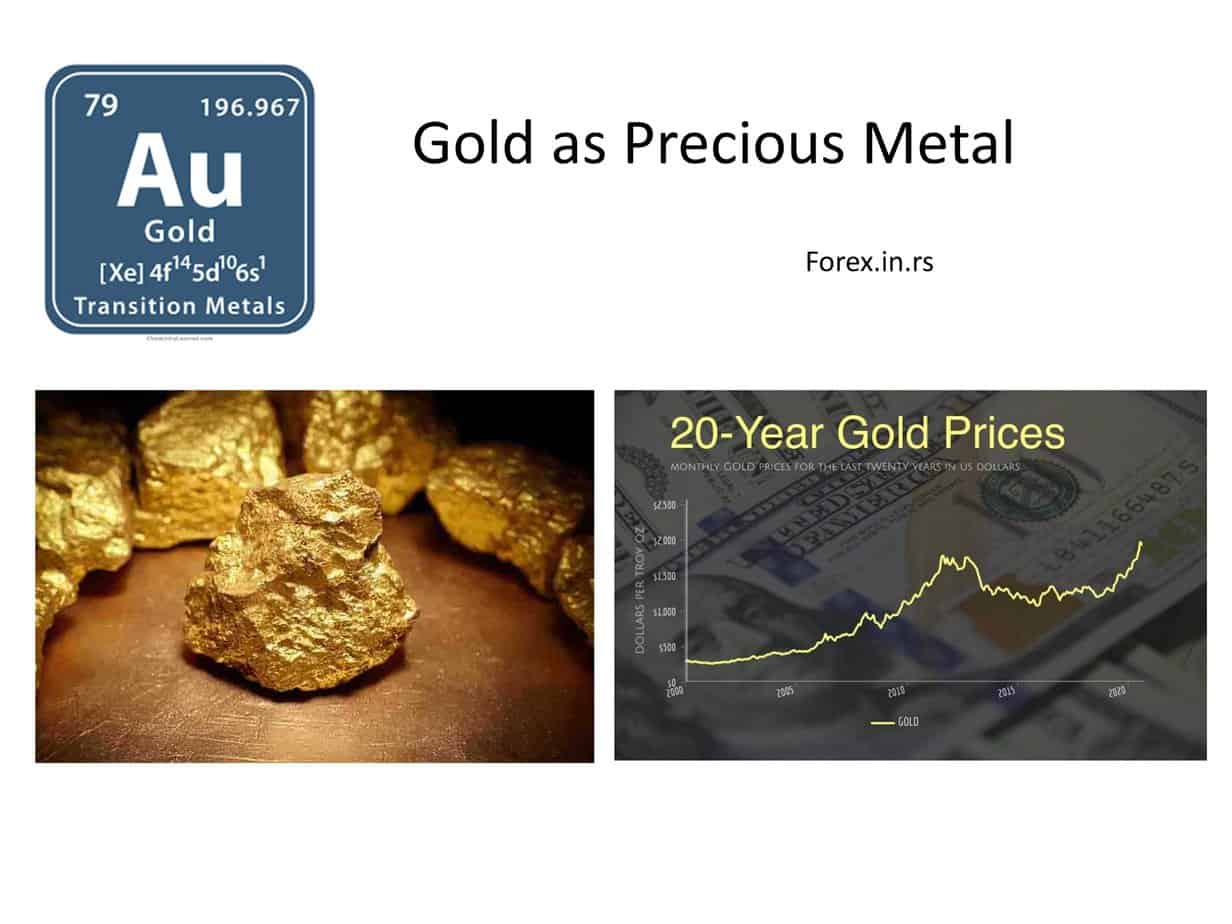One of the essential criteria is intrinsic value; precious metals have a relatively high value compared to other metals or materials due to their rarity and usefulness. Combined with the fact that they cannot easily be altered or replicated, the demand for these metals increases over time and drives up their value even further. Three primary categories of precious metals are gold, silver, and platinum.
Precious Metals Criteria
Precious metals criteria refer to the characteristics used to define precious metals, such as gold, silver, platinum, and others. These criteria typically include physical properties, such as rarity, durability, and malleability, and economic factors, such as value and demand. The criteria used to define precious metals can vary depending on the context. Still, they are generally considered rare, valuable, and in high order for their use in jewelry, coins, and other forms of investment.
Gold is perhaps one of the oldest and most recognizable precious metals on the market today. It has a yellow color that stands out compared to other forms of metal and is often used in jewelry and decorative items due to its attractive hue. This type of metal also has a very high melting point (1,064°C or 1,947°F), making it ideal for use in coins or currency systems since it won’t easily rust or degrade over time. Gold can also be alloyed with other elements, such as copper or zinc, to create different color variations, such as red or white gold.
Silver is another popular precious metal used throughout history for various purposes, including coinage and jewelry making. Silver has a slightly greyish-white hue when polished but can tarnish quickly when exposed to air. Its malleability makes it easy to work with, while its relative abundance—compared to gold—makes it an affordable option for many people looking to buy these pieces without breaking the bank. Silver also has a much lower melting point than gold (962°C or 1,764°F), so it can be more prone to corrosion if not correctly taken care of over time.
Finally, platinum is another type of precious metal that offers an alternative look from traditional gold or silver pieces with its unique greyish-white appearance when polished correctly. The higher density associated with this type of metal makes it incredibly durable, allowing it to keep its desirable shape over long periods without cracking or bending, as some lesser-quality materials might do over time. Additionally due, its infrequent occurrence in nature combined with robust properties make it one of the more expensive options when compared with gold or silver. However, prices can vary depending on purity levels, amongst other factors.
Precious metals share standard criteria such as rarity, durability, malleability, and intrinsic value. Gold, silver, and platinum are three key examples, but there are also other less-known members like palladium, ruthenium, osmium, etc. Depending on what characteristics you prioritize will ultimately determine which type is best suited for your particular application, whether you’re looking for something flashy like jewelry, something more durable like coins/bullion bars, or just a way to store wealth during times of uncertainty.
If you like bills and coins, you should learn more about Gold and Silver IRAs. You can protect your retirement fund if you invest in IRA precious metals. Investors with gold IRAs can hold physical metals such as bullion or coins. Get a free pdf about Gold IRA.
GET GOLD IRA GUIDE
If you do not want to own them in physical form precious metals, you can trade gold, silver, and metals as CFD with the minimum commission:
























